Copyright 2016 by Pragati Bidkar All rights reserved. No part of thispublication may be reproduced, distributed, or transmitted in anyform or by any means, including photocopying, recording, or otherelectronic or mechanical methods, without the prior writtenpermission of the publisher, except in the case of brief quotationsembodied in critical reviews and certain other noncommercial usespermitted by copyright law. For permission requests, write to thepublisher, addressed Attention: Permissions Coordinator, at theaddress below. www.kamalkitchen.com First Published March 1, 2016 Edited Aug 2016 added Chai StreetRecipe
Table of Contents
Glimpseof the delicious Rice recipes coming up!
Get Special Offers on All my Books And a Bonus Book!
Be the first to benotified of any upcoming special offers, early bird discounts, andnew books in the offing. Just click here to sign up andjoin my newsletter .
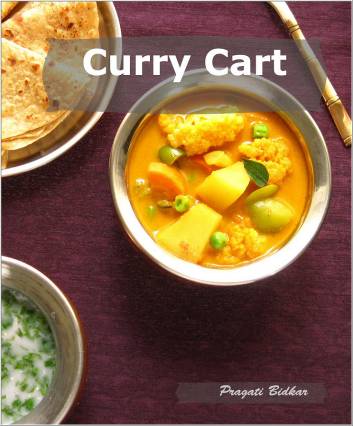
See you on the other side!
Introduction
Hello, Hello and Namaste!! The most commongreeting in India, Namaste literally means I bow to you and welcomeyou.

See you on the other side!
Introduction
Hello, Hello and Namaste!! The most commongreeting in India, Namaste literally means I bow to you and welcomeyou.
Thank you for choosing my book out of the many available. I started a cookbook series of curry recipeswith my first book, 30 Days of Daal, which features Indian lentilrecipes made simple for foodies across the world. Rice Bowl is thesecond book in the series, and features rice, a starchy grain whichis a staple food in Asia and many other regions. About two thirds of the rice recipes in thisbook are from Indian cuisine. If you are Indian or you frequentlycook Indian food, you may be familiar with the information given inthe first few chapters.
Rice for Dinner
Rice is a staple in India and an integralpart of the Indian meal.
Rice for Dinner
Rice is a staple in India and an integralpart of the Indian meal.
Rice has firm place as a dinner dish in myhome. Whether I am serving steamed rice with a delicious curry, oran elaborate rice based dish which can be the meal itself, rice isgenerally a part of it. India is a major rice growing region andoffers plenty of rice varieties apart from the famous Basmati rice.Every state or region in India has a variety of rice delicacies. Ihave picked my favorites and the most popular ones, and made themas simple as possible while trying to preserve authenticity. The book also contains recipes from othercuisines like Chinese or Thai and some fusion or modern recipeswith my own twist. You can be sure of one thing every ricerecipe in this book is certified YUM.
With 30 different ricedishes, including two desserts, you never have to agonize overwhat to make for dinner. Pair any rice dish with a delicious daal from30 Days of Daal, and you have a healthy vegetarian meal on thetable.
What to Expect
The recipes are roughly arranged in anincreasing order in terms of time and effort needed. None of theseare actually hard; some may use lesser known ingredients or just bemore elaborate. So if you are a new cook or new to cooking rice,you can start with something simple like my Cumin Scented Rice andmove on to other recipes. All recipes are vegetarian and made with realfood.
About 20 recipes are vegan recipes. You will find that recipes mention a ricevariety. I have provided these as a guideline, considering theethnic origin of the dish. So most North Indian recipes use BasmatiRice, Asian recipes use Jasmine rice, Maharashtrian recipes useKolam or other shorter grain rice. Please feel free to use any rice that isreadily available to you. Refer to the pantry section for moredetail around this.
Portion sizes or ServingSizes This book is not about diet advice, so I dont wantto specify what a serving size should be. I am mentioning theapproximate yield of a dish. For example, 3 cups fried rice or 5cups Rice Pilaf. Whether you want to serve 1 cup to 1 person, oreat it all yourself, I leave it to you.
Whats Next?
If you are new to Indian cooking, you willfirst need to stock your pantry with the right ingredients. Most ofthese ingredients are available in Indian grocery stores in the USand the UK (and I am assuming also in Canada, Australia and NewZealand).
Many online sellers also sell these items. You can findmore specific detail about this in the pantry section. Some of the recipes in this book use cookedrice, while others include the cooking process as part of therecipe. If you are not familiar with cooking rice, I suggest youread the How to Cook Rice chapter first. You will find that recipes include Englishtranslations of common ethnic ingredients. Many retailers also sellthese products by their ethnic names.
If you have never cooked Indian food before,you may find all this a bit too alien. But I urge you to give in toyour adventurous spirit and take the plunge. With Rice Bowl, you can now eat adelicious rice dish every day of the month without being bored ofeating the same stuff. These recipes are so wholesome andflavorful, you will want to make them again and again. Without further ado, I invite you into mykitchen and share these recipes with you. Happy Cooking and Happier Eating!
How toStock a Pantry for Indian Food
As they say, preparation is half the battle!I am listing out some basic spices and grocery items you will needfor cooking the Indian recipes from this book.
In the US or UK, aquick trip to an Indian grocery store will set you up for a longtime. If you live in India, you can get these things in any generalstore. You can order most of this stuff via onlineretailers in the US or UK.
Rice
Rice is the primary ingredient needed forrecipes in this book. Many different rice varieties are grown andsold in India, and these differ by region. A recipe or dishgenerally uses a type of rice which is local to the region.
Basmati Rice, which is the widely knownIndian rice, is generally used in northern India. Basmati Rice is apriced ingredient, used for Pulavs and Biryanis but is not veryaffordable for daily use. Other common varieties are Chinor,Kolam, Sona Masoori, Ambe Mohar etc. (Theseare names so there is no translation possible). I have specified a rice variety for everyrecipe, considering the ethnic origins of the dish. But you can use whichever rice variety is available toyou.
Well known brands of Basmati rice areKohinoor, Tilda, Royal and so on. Every batch of rice is different.Aged rice expands more and takes longer to cook. About Brown Rice Brown rice is quitereadily available now. Although not traditionally used, you may usebrown Basmati or other types of brown rice for the recipes if youso prefer.
Spices
The recipes in this book are simple but Ihave tried to keep them authentic too. This means you must stock upon the typical spices used in Indian cooking.
These will last you avery long time. Spices you will absolutely need Black Mustard Seeds Cumin Seeds Fenugreek Seeds tiny seeds which areextremely bitter and used in a very small quantity Asafetida peculiar and pungent spice thatmimics onion-garlic flavor. Most recipes use only a pinch. Ground Turmeric Loaded with curcumin,turmeric has a characteristic taste apart from yellow color. Cayenne Pepper Use to add heat to therecipe Ground Coriander Ground Cumin Garam Masala Cloves Cinnamon Cardamom Bay Leaf Jaggery or brown sugar - raw form of sugarwhich is often used as a sweetener in Indian cooking Dry Red Chili pepper Saffron Nutmeg Carom seeds tiny dried spice that tasteslike thyme Spices lose potency if they sit around toolong so buy spices in small quantities rather than in bulk.
Next page
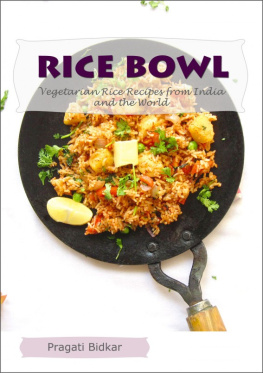



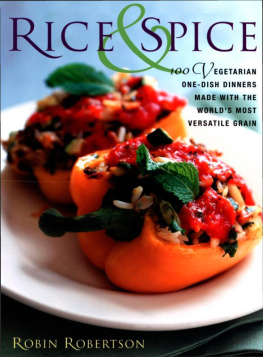
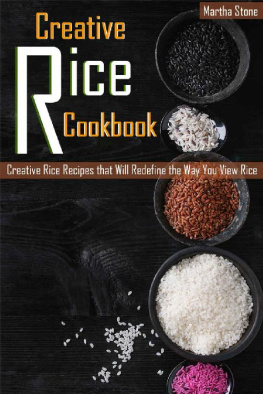





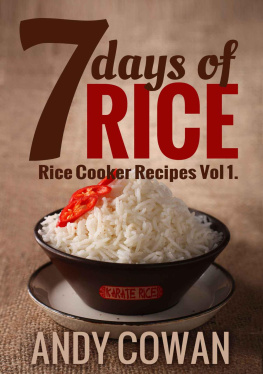
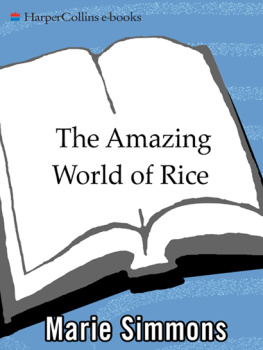
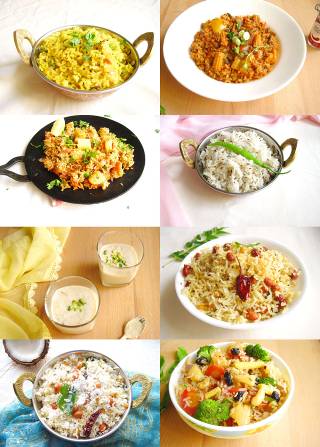
 See you on the other side!
See you on the other side!